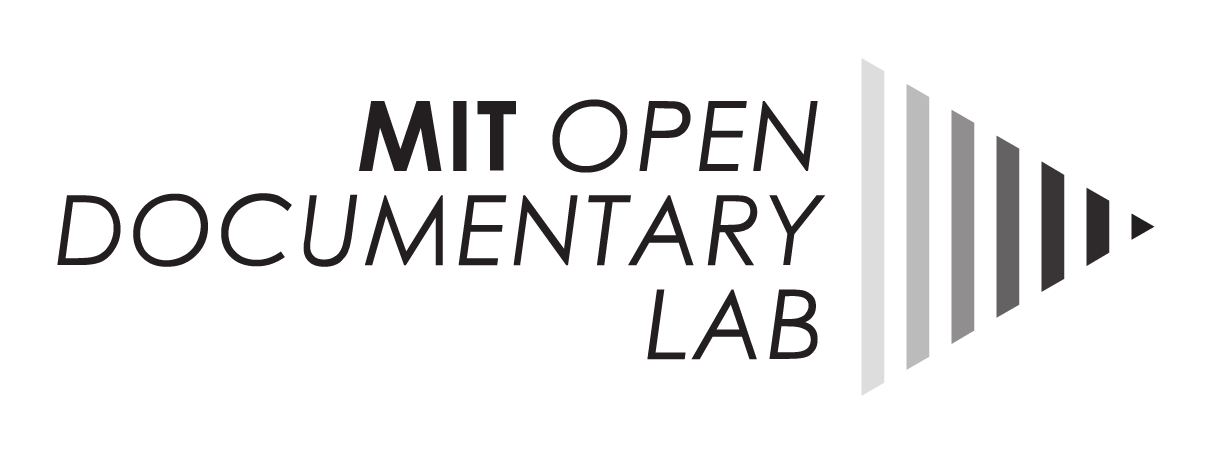Editor’s note: Each year, IndieWire collaborates with MIT’s Comparative Media Studies Program by inviting students to reflect on Sundance’s New Frontier program.
Sundance’s New Frontiers’ team faced a new challenge in 2021: to program a body of work that grapples with contemporary issues through emerging media. In an ongoing and uncertain COVID-19 reality, what would such mediums be able to provide that other traditional platforms couldn’t? While it may have started off as a larger question on festival trends, it turned into a plethora of experiences — some VR, some computer-generated and some mobile — to highlight our own personal reckonings within a collective moment.
In Sam Green’s “7 Sounds” (or “cinema for your ears,” as it was described by an introductory video, the audience was brought into a deeper iteration of creativity through immersive spatial reckoning. What happens when you tap into archives of natural sound? Or perhaps listen to orgasms from a library…of orgasms?
By clicking on “Join Event,” audiences were taken to a YouTube livestream. Sequenced with a specific time, the performance of “7 Sounds” was more of an invitation for a listener to be open, willing and daring within their own space. With the immediate spatial configurations marred and altered by the binaural microphone, the gentle guiding voice of Green led to a communication on how isolating one of the senses can be used to unlock a new potential of the imaginary. “Let’s go to places in your mind, let’s travel when the physical realm has temporarily disappeared,” he says. Reminiscent of ASMR videos, what “7 Sounds” attempted to do was more atmospheric, emphasized by the self-referential guidance on what was occurring through the narration.
Benedict Anderson, a historian and scholar coined the term “Imagined Communities,” wrote that community lives in the image of those who perceive themselves as belonging to it. This could refer to a nation a sub-group or a virtual gathering. It is this perception that serves as a nexus for the imaginary. The excitement of possibility serving as an unexpected yet significant byproduct tapping further into the “why” than the “what.” So what is our future without the shackles of the past? Where do we stand when not in transit to an uncertain future? Moreover, who is the “we”?
These questions were addressed in another New Frontier project, “Beyond the Breakdown.” In a yellow browser, six to seven faces appeared, strangers from different parts of the world gathering with Serenity – a bot, not a real person. Serenity would speak to the group based on some of the dialogue, posing questions and comments as though she were there. “Beyond the Breakdown” works as an exploration of collective gathering: Although titled a browser performance, the interact work is more than pure experimentation – it’s a prototype, laying out a blueprint for the use of artificial intelligence in community formation and care.
The three collaborators behind it, Tony Patrick, Grace Lee, and Lauren Lee McCarthy, began the project through aworld-building residency in 2017, when they postulated a shift and unrest in 2020. Little did they know a pandemic would unfold as it did, proving that we are indeed connected beings, deeply craving communion.
Although “Beyond the Breakdown” and “7 Sounds” pushed the boundaries of new mediums, there was one piece which stood uniquely at the first pillar of reckoning: acceptance. That’s “Weirdo Night,” a live variety show centered on queer and marginalized performers in Los Angeles, which opens with wide shots of empty comedy clubs and Jibz Cameron performing in an unbuttoned leotard and pants. The 44-minute video offers commentary on the absurdity of physical distance, the marooned seating arrangements accompanied by hilariously timed jokes about the quirks of our everyday life that perhaps we shouldn’t miss. This pungent nostalgia served as a sarcastic love letter to the already faded reality of gathering at an underground club in LA. The exterior of the show laid bare the necessity for spaces meant for specific audiences, the missing pieces in the puzzle, the longing for escapism.
All of these projects function as both responses to the current world order and a poignant reckoning with our lived realities. That reckoning is not only artistic but a subtle call to action, as the programming taps into power of possibility. Above all, they spoke the historic events of 2020 and how much they have changed us all. Whether through the comedy of “Weirdo Night,” sound creation via “7 Sounds,” or the browser performance of “Beyond the Breakdown,” these works emphasize a trio of essential values for the year ahead — radical acceptance, communal bonds, and adaptation at all costs.
Srushti Kamat is a graduate student at MIT’s Comparative Media Studies Program and a researcher at the MIT Open Documentary Lab’s Co-Creation Studio. Her work examines the intersection of filmmaking, game engines, and virtual productions. She’s also a filmmaker/producer and has worked on projects in the US, UK, Singapore, Sri Lanka, Vietnam, and India.




